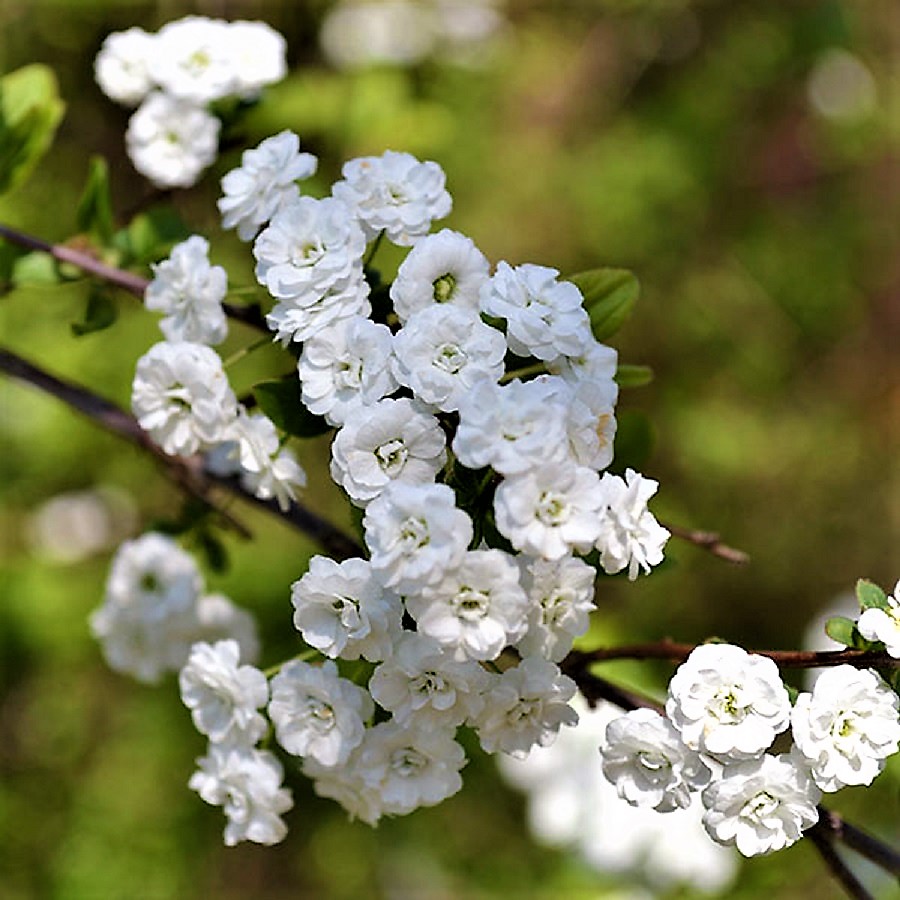The Luttrell Psalter
Bees
Many colonial & early American gardens depended on beehives. At a time when many believed that bees were small birds, Pliny the Elder [1st century CE] (
Natural History, Book 11, 4-23) wrote of bees:
They belong to neither the wild or domesticated class of animals. Of all insects, bees alone were created for the sake of man. They collect honey, make wax, build structures, work hard, and have a government and leaders. They retire for the winter, since they cannot endure cold. They build their hives of many materials gathered from various plants. They gather honey from flowers close to the hive, and send out scouts to farther pastures when the nearby flowers are exhausted; if the scouts cannot return before nightfall, they make camp and lie on their backs to protect their wings from dew. They post a guard at the gates of the hive, and after sleeping until dawn they are woken by one of their number and all fly out together, if the weather is fine. They can forecast wind and rain so they know when not to go out. The young bees go out to collect materials while the old work indoors. Honey comes out of the air; in falling from a great height it accumulates dirt and is stained with the vapor of the earth; it becomes purified after the bees collect it and allow it to ferment in the hive. Smoke is used to drive away the bees so their honey can be collected, though too much smoke kills them. Out of several possible candidates, bees select the best to be king, and kill the others to avoid division; the king is twice as large as other bees, is brilliantly colored, and has a white spot on his brow. The common bees obey and protect the king, as they are unable to be without him. Bees like the sound of clanging bronze, which summons them together. Dead bees can be revived if they are covered with mud and the body of an ox or bull.

Aberdeen bestiary
Anonymous (15th century)-'honey'-miniature Paris-BNF (Tacuinum sanitatis nal 1673)
Barthélémy L'Anglais, op.cit, 1445-1450, Artificiosae Apes, France, Le Mans XVe s. BNF, FR 136, fol. 16
Beekeeping print tacuinum sanitatis (14th century)
Bees and Beehives, from The Hours of Catherine of Cleves, c.1440.
British Library, Harley 3448 f. 10v Bear and a beehive.
Consulter Element Num
Consulter Element Numa
Detail of a miniature of beehives with bees. Italy, N. (Lombardy) from British Library
Detail of Exultet roll Barberini latinus Montecassino - 592 Bib Apostolica Vaticana - ca 1075-1087

Fearless bee-keeper and his hives. Lyon BM MS 27
Georgics (KB 76 E 21 II, fol. 42v), c. 1450-1475
Hives from French Illuminated Manuscript t
Illuminated Manuscript
Illuminated Manuscript
Illuminated Manuscript BNF
Illuminated Manuscript BNF
Illuminated Manuscript
King's 24 f. 47v Beekeeping
Manuscrit enluminé par le Maître des Vitae Imperatorum (actif 1430 – 1450), miniatures qui illustrent le manuscrit du même nom de Suétone (Paris, B. N., ms. it. 131), 1431. Bee keeping
Medieval Illuminated Manuscript
Theological miscellany, including the Summa de vitiis, Peraldus, f. 58, England after 1236, 13th century]
Virgil observing bees. Œuvres avec les commentaires de Servius, Paris, 15C
Bibliothèque Municipale de Reims, ms. 993, Folio 151v
Morgan Library, MS M.81, Folio 58r
Kongelige Bibliotek, Gl. kgl. S. 1633 4º, Folio 47r
Museum Meermanno, MMW, 10 B 25, Folio 37r
British Library, Royal MS 12 C. xix, Folio 45r
Bodleian Library, MS. Ashmole 1511, Folio 75v
Bodleian Library, MS. Douce 151, Folio 69v
Bodleian Library, MS. Bodley 764, Folio 89
Bibliothèque Nationale de France, lat. 6838B, Folio 29v
Koninklijke Bibliotheek, KB, 76 E 4, Folio 86v
Koninklijke Bibliotheek, KB, KA 16, Folio 128v
Douce 88 fol-111v B

Medieval Bee Hives Hortus Noster

+Girl+in+Blue+Dress.jpg)
+Girls+of+the+Grymes+Family+pvt.jpg)
+Elizabeth+Greenleaf.jpg)
.+The+Gore+Children.jpg)





.jpg)
.jpg)

.jpg)
.jpg)

.jpg)
.jpg)
.jpg)











-'honey'-miniature+Paris-BNF+(Tacuinum+sanitatis+nal+1673).jpg)

.jpg)




+from+British+Library.jpg)


,+c.+1450-1475.JPG)


.jpg)




,+miniatures+qui+illustrent+le+manuscrit+du+m%C3%AAme+nom+de+Su%C3%A9tone+(Paris,+B.+N.,+ms.+it.+131),+1431.+Bee+keeping.jpg)















